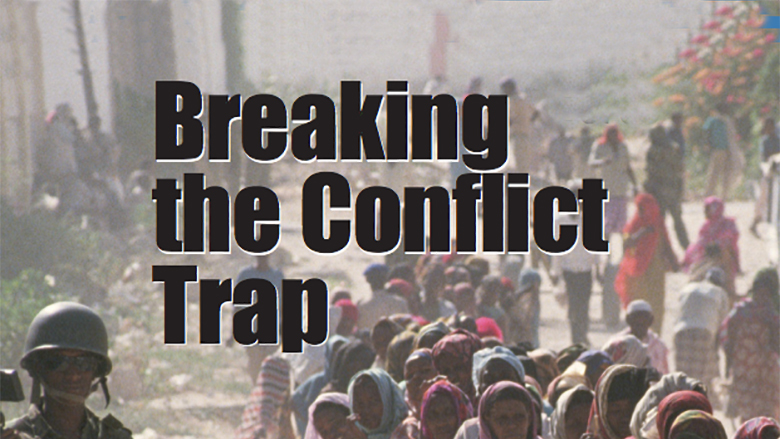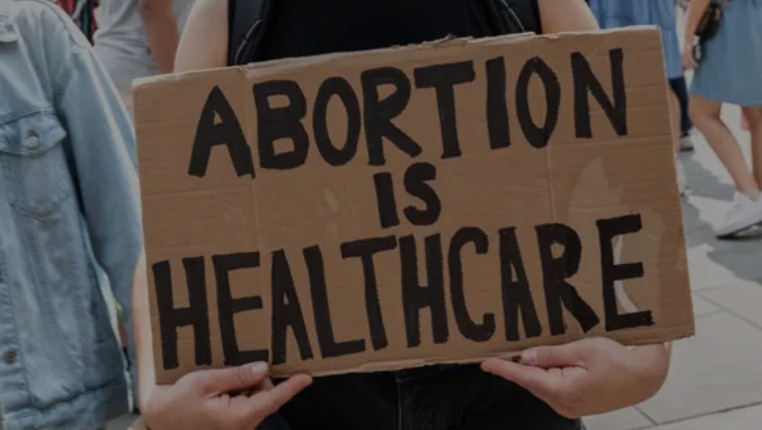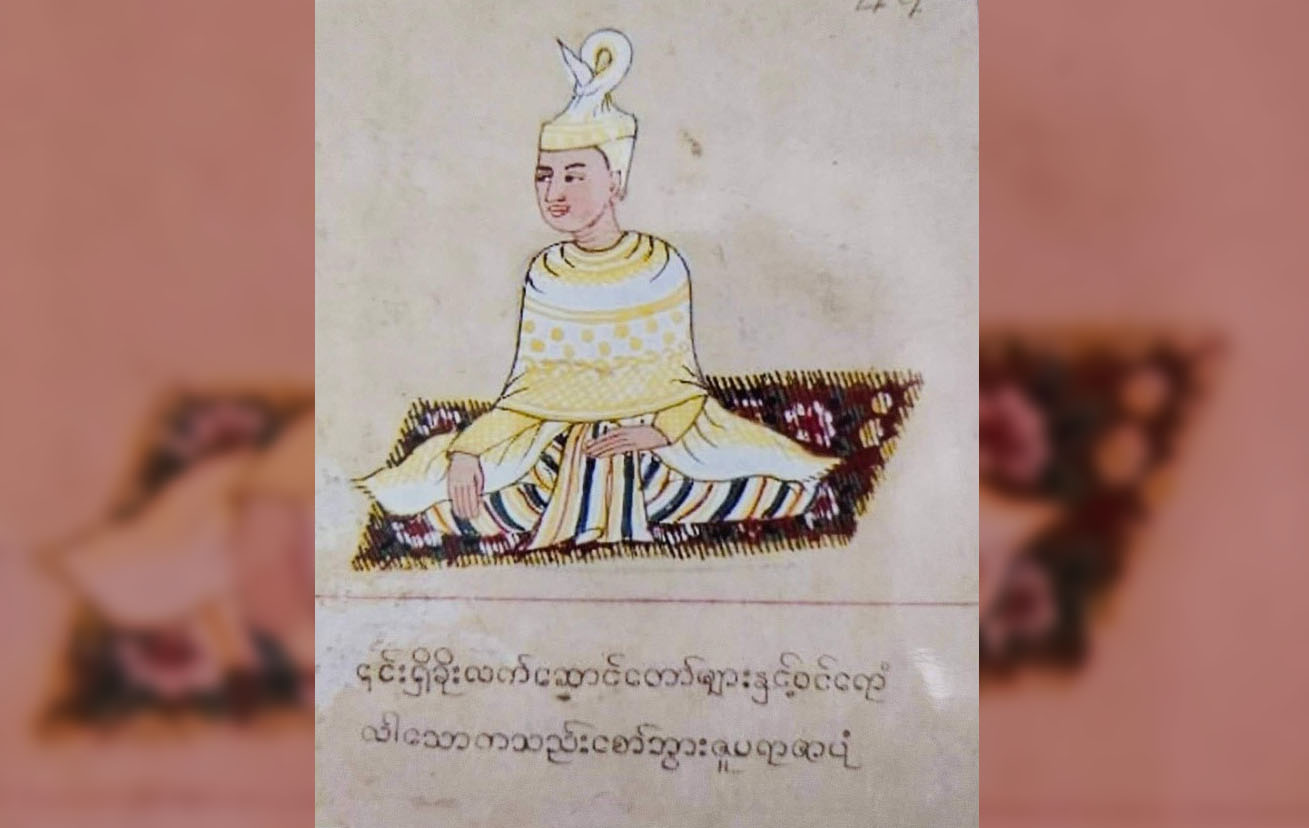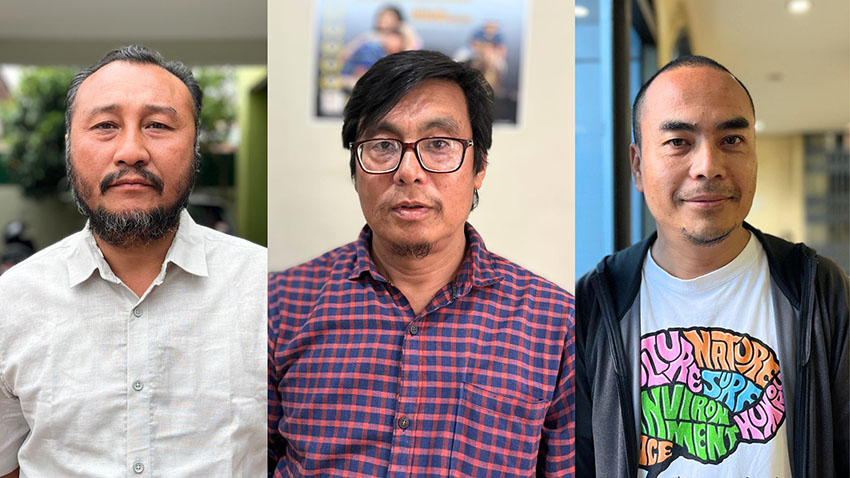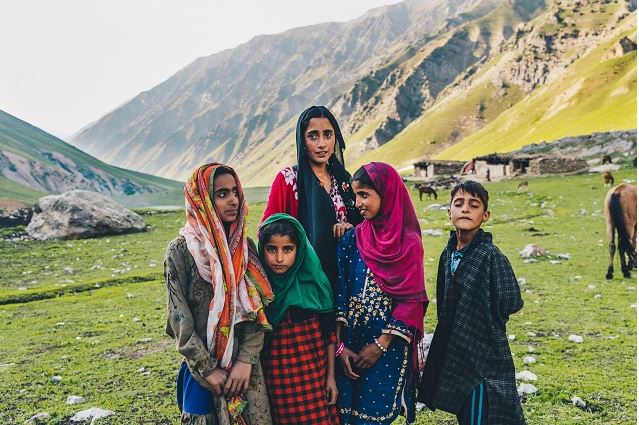The ongoing ethnic violence in Manipur, with its mass killings, mass displacements, and appearance of well-armed factions, raises several urgent questions about the role of the Indian state. The dominant narrative portrays this crisis as an outcome of centuries-old ethnic antagonism between the Meitei and Kuki communities further exacerbated by socio-political and economic disparities. But a deeper structural analysis would show that this is not simply organic ethnic strife, rather a manifestation of a larger state strategy of controlled instability. The state’s actions or inactions, calculated to further its strategic interests rather than those of the affected populations, fall within the long-standing patterns of militarization, proxy warfare, and crisis management.
The attempt of this article would be to follow a multi-theoretical approach, fusing structural realism, the state of exception, passive revolution, and political economy frameworks in order to argue that the Manipur conflict is not a failure of governance but rather a deliberate strategy within India’s larger security paradigm. Stated differently, by inculcating internal discord, the Indian state reinforces its dominance to ensure no regional entity coheres and challenges the center. All of this—the persistence of violence, the selective militarization, and the economic dimensions of war economies—speaks to a rather sophisticated application of statecraft aimed at retaining geopolitical control over the region.
In this greater context, structural realism, particularly John Mearsheimer’s offensive realism, posits that states operate in an anarchic system where they seek to maximize their power and ensure strategic dominance. This logic extends beyond the international realm into the domestic sphere, where states engineer and sustain internal conflicts to consolidate control over volatile regions.
In the case of Manipur, the Indian state’s actions align with this logic. The region has historically been a site of contestation due to its strategic location bordering Myanmar, its complex ethnic demographics, and its history of secessionist movements. Instead of resolving the ethnic tensions, the Indian state has employed a policy of strategic neglect and selective militarization, ensuring that no single ethnic or political entity emerges with enough power to demand meaningful autonomy.
The Indian state’s approach to insurgencies in the Northeast follows a pattern of co-opting certain groups while suppressing others. The Armed Forces (Special Powers) Act (AFSPA), originally implemented to combat insurgencies, grants the military extraordinary powers, effectively placing entire regions under a de facto military regime. Over the years, AFSPA has been resisted by civil society movements, yet the recent resurgence of violence has led to calls for its reimposition—a testament to how prolonged conflict can reshape public sentiment to align with state objectives.
It thus, cannot be denied that the militarization of both the Meitei and the Kuki factions is not entirely a spontaneous development. Historically, the Meiteis, concentrated in the Imphal Valley, have been seen as allies of the Kukis, while both groups clashed jointly with state forces quite frequently. However, the sudden rise in military capabilities among Kuki insurgents operating along narcotics corridors near the Indo-Myanmar border, indicates tacit external facilitation.
Andrew Mumford’s scholarship on proxy warfare provides a useful lens through which to understand this phenomenon. States often wage proxy conflicts within their own borders, using non-state actors to manage internal security while retaining plausible deniability. The Indian state seems to have allowed both the Meitei and Kuki factions in Manipur to arm themselves, only to intervene at carefully selected moments to ensure that neither side would be able to gain an outright victory. This controlled instability ensures the continued relevance of military interventions and justifies an ongoing security presence in the region.
The Northeast has traditionally been a corridor for arms and illicit trade, and the selective enforcement of law and order by the state betrays an implicit acquiescence to some factions continuing to arm themselves. This resonates with Charles Tilly’s argument in Coercion, Capital, and European States, where he argues that states undertake war-making and organized violence as means of consolidating their power. In a way, the Indian state controls the tempo of the conflict, by allowing insurgent groups to function while occasionally clamping down on them so that no group grows strong enough to bargain from a position of strength.
Carl Schmitt’s concept of the state of exception provides a crucial framework for analyzing New Delhi’s approach to Manipur. Schmitt argued that states manufacture crises to justify extraordinary legal and military measures that would otherwise be deemed unconstitutional. The violence in Manipur serves precisely this function—by allowing disorder to persist, the Indian government maintains a legal and moral justification for extraordinary military measures.
The recent demands for re-imposition of AFSPA by civil society groups, particularly the Kukis, are a manifestation of this process: a population initially resistant to military rule has been conditioned to demand its subjugation under the weight of protracted violence. This, however, is not singular to Manipur. It has been reproduced in Assam and Nagaland, wherein the state is always caught oscillating between a policy of counter-insurgency and one that is based on selective toleration of militant activities to sustain the security apparatus.
Antonio Gramsci’s theory of passive revolution is applicable in explaining how India’s Northeast has been systematically neutralized as a political threat. Gramsci argued that dominant powers do not always suppress opposition outright but instead redirect it in ways that maintain the status quo. In Manipur, the emergence of ethnic militias serves this purpose—political grievances that could have coalesced into a unified demand for autonomy or greater federal rights are instead fragmented into localized ethnic confrontations.
It need not overtly suppress a unitary Northeast identity because it has already made sure that no such identity can come into being. This role of the state in keeping the divisions just reinforces the colonial dictum of divide et impera (divide and rule), owing to which the ethnic groups take each other-and not the state-as their primary adversary.
Equally, the economic dimensions of this conflict cannot be ignored. As David Harvey’s term accumulation by dispossession suggests, states often create conditions where violence and displacement facilitate economic exploitation. In the long run, the perpetual militarization of Manipur has given rise to a war economy in which security forces, local elites, and political intermediaries profit from perpetual war. The state’s strategic tolerance for narco-financed insurgent groups, particularly among Kuki factions, has suggested an economic calculus at play—letting the hitters of illicit networks flower under its supervision while cracking down on others as a display of control.
The presence of mineral resources in the Northeast further complicates the picture, as prolonged conflict ensures that no autonomous regional authority can challenge New Delhi’s extraction policies. By maintaining instability, the Indian state ensures continued access to the region’s economic potential without the emergence of strong local actors who could demand a larger share of economic benefits.
Finally, the Manipur conflict has to be understood as a structurally embedded strategy in the internal security paradigm of India, not a tragic failure of governance. This becomes reflected by the state’s dual role in the arming and suppression of both sides through sophisticated application of the realist and neo-Marxist theories of state power. The perpetuation of the conflict serves multiple purposes: justification of military rule, prevention of regional consolidation, geopolitical leverage, and sustaining an economy of militarization. Now that the dominant assumption—that the Indian state wants an end to the violence—has to be critically re-evaluated, considering it more closely reveals that the actual goal is not an end but the conflict itself, a means whereby the Indian state sustains its strategic dominance over a region that might otherwise attempt to redefine its relationship with the center.
References
James, Patrick, ‘Structural Realism’, Realism and International Relations: A Graphic Turn Toward Scientific Progress (New York, 2022; online edn, Oxford Academic, 15 Dec. 2022), https://doi.org/10.1093/oso/9780197645024.003.0012, accessed 6 Feb. 2025.
John J. Mearsheimer, The Tragedy of Great Power Politics (New York: W.W. Norton, 2001).
Goswami, Uddipana. “Armed in Northeast India: Special Powers, Act or No Act.” (2019).
Mumford, Andrew. Proxy Warfare. 1st ed., Polity, 2013.
Tilly, Charles (1990). Coercion, Capital, and European States, AD 990–1990. Cambridge, Mass., USA: B. Blackwell. pp. 5, 11. ISBN 978-1-55786-368-3.
Schmitt, Carl. Political Theology: Four Chapters on the Concept of Sovereignty. Translated by George Schwab, University of Chicago Press, 2005.
Gramsci, Antonio; Forgacs, David (1988). An Antonio Gramsci Reader: Selected Writings, 1916–1935. New York: Schocken.
Kant, Immanuel. Perpetual Peace: Appendix I. Online Library of Liberty, archived from the original on 18 Dec. 2020, retrieved 11 Oct. 2021.
Harvey, David. The New Imperialism. Oxford University Press, 2003.
Harvey, David. “The ‘New’ Imperialism: Accumulation by Dispossession.” Socialist Register, vol. 40, 2004, pp. 63-87.
Harvey, David. A Companion to Marx’s Capital. Verso Books, 2010.
Chawla, Noor Anand. “Identity and Violence in Manipur, India.” JSTOR Daily, 31 Oct. 2023, https://daily.jstor.org/identity-and-violence-in-manipur-india.

The writer’s primary academic interest is botany. Beyond botany, she is deeply engaged in policy research and political studies related to Northeast India. She is keenly interested in exploring how policies shape socio-political landscapes and how they impact indigenous communities in the region.




